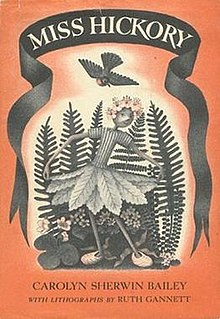Module 6: Picture Books
The Pigeon Finds a Hot Dog by Mo Willems
Willems, M. (2004). The Pigeon Finds a Hot Dog!. New York, NY: Hyperion Books for Children.
The Pigeon finds a hot dog and is all set to eat it. Suddenly, the Ducking shows up and starts asking the Pigeon all these questions about hot dogs, mainly revolving around what it tastes like. The Pigeon sees what the Duckling is trying to do. He knows the Duckling is trying to get him to share his hot dog and the Pigeon refuses to give in. Yet, the Duckling continues to ask questions. Tired of the crazy questions being asked, the Pigeon finally splits the hot dog with the Duckling, who sly ends the books with the phrase "Hmmm...needs mustard."
Impressions:
I will admit up front that I have never read a Mo Willems' book before this one. I know that it seems like blasphemy because he is so popular with the kiddos and I work in the Children's department of my library. I suggest the books all day long, but have never picked one up myself, so when the picture book assignment rolled around I had no excuse for not cracking one open.
Boy, was I short changing myself. I adore this books! It is so charming and expressive. It is definitely a very short read, but it has heart. It is both zany and cute.
I love Pigeon's deadpan expression and you can just feel the "he can't really be serious" expression that Pigeon gives the audience.

I also find it so amusing that Pigeon breaks the fourth wall by asking the audience, "Can you believe this guy!?!" There is so much to love about this book. I feel like I am going to have to go through and read them all now.
Reviews:
Review of Book: The Pigeon Finds a Hot Dog! (n.d.) Retrieved from http://www.scholastic.com/teachers/book/pigeon-finds-hot-dog#cart/cleanup
"In this hilarious follow=up to the acclaimed Don't Let the Pigeon Drive the Bus! Mo Willems has created another avian adventure that encourages children to share even their most prized processed foods.
Review of Book: The Pigeon Finds a Hot Dog! (2004). Retrieved from http://publishersweekly.com/978-0-7868-1869-3
Through voice bubbles, body language, and expressive sizes and shapes of type, Willems crafts a comical give-and-take between the characters. He sketches both iconic birds in decisive crayony lines and tints the pages with smooth pastel hues. Readers of all ages won't be able to resist miming the sly conversation in this satisfying sequel."
Library Use Suggestions:
I think a great use for this book would be an introduction to graphic novels or comic book drawing. While his characters are simple and easy to mimic, Willems has a large range of expression in his pieces. The Pigeon goes through so many different emotions and it is so striking on the page. I think simpler book illustration, such as Willems' works, would allow children to fell comfortable with trying out their own version of illustrations. It would be a fun activity to make comic strips using Willems characters. That way the kids can figure out the story they want to tell and then express it through illustration. 
